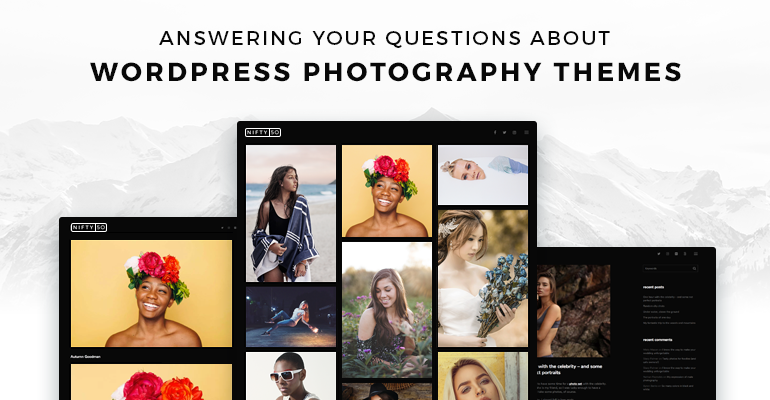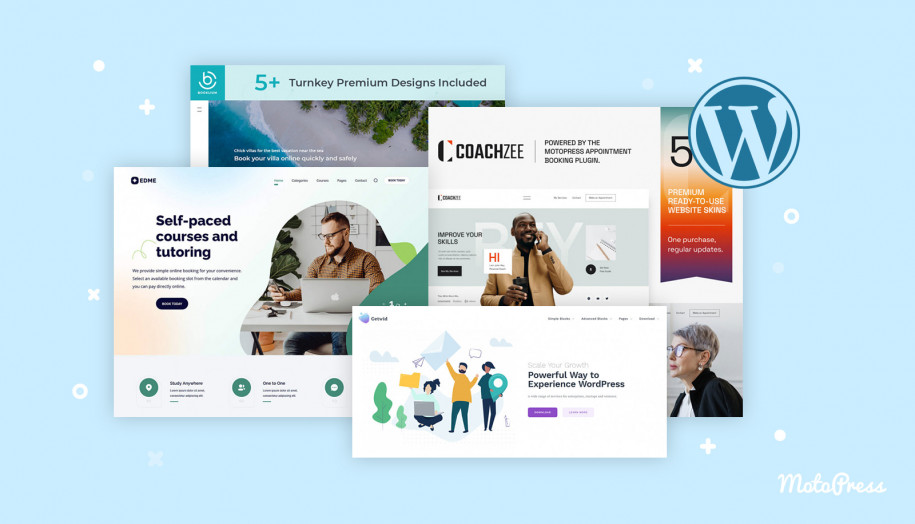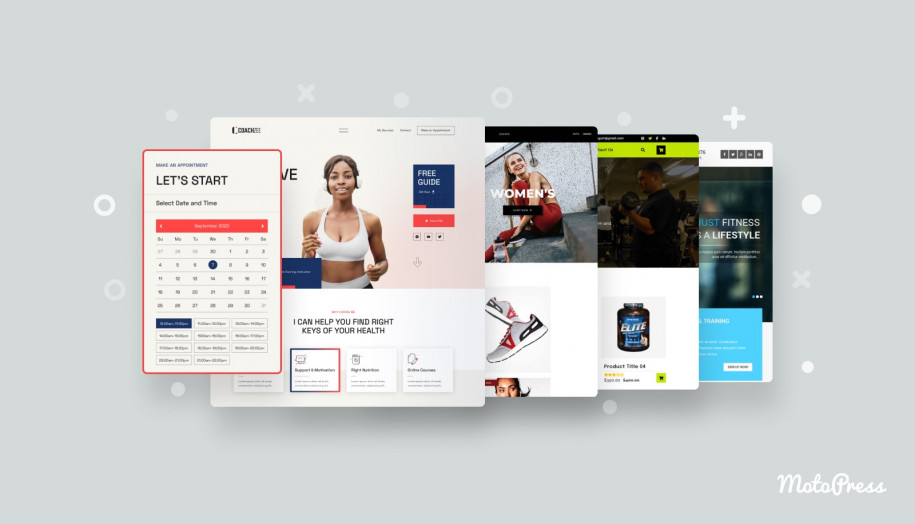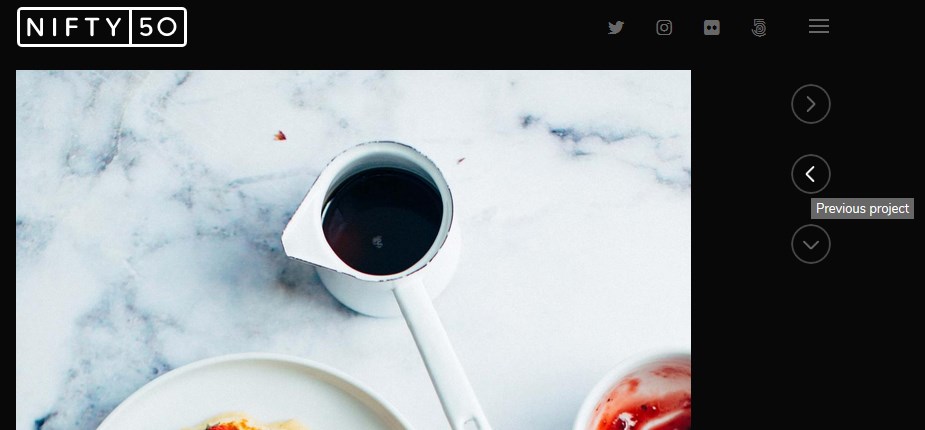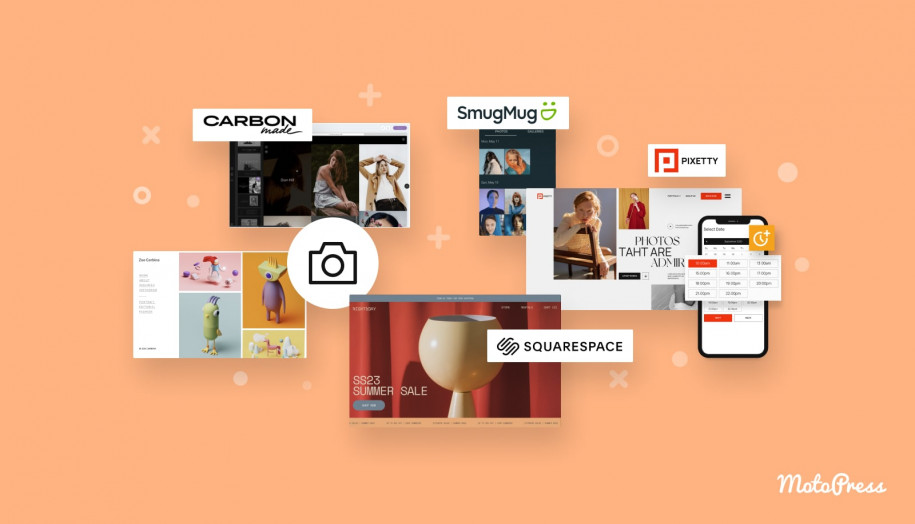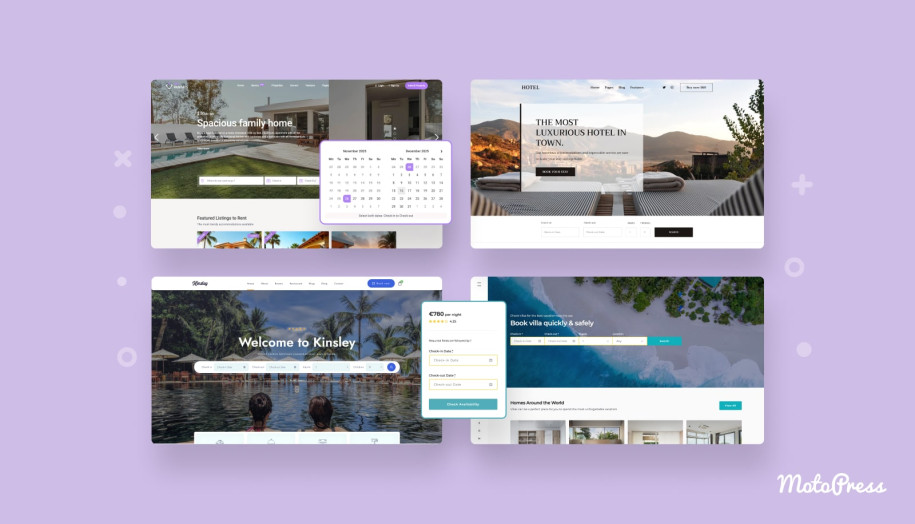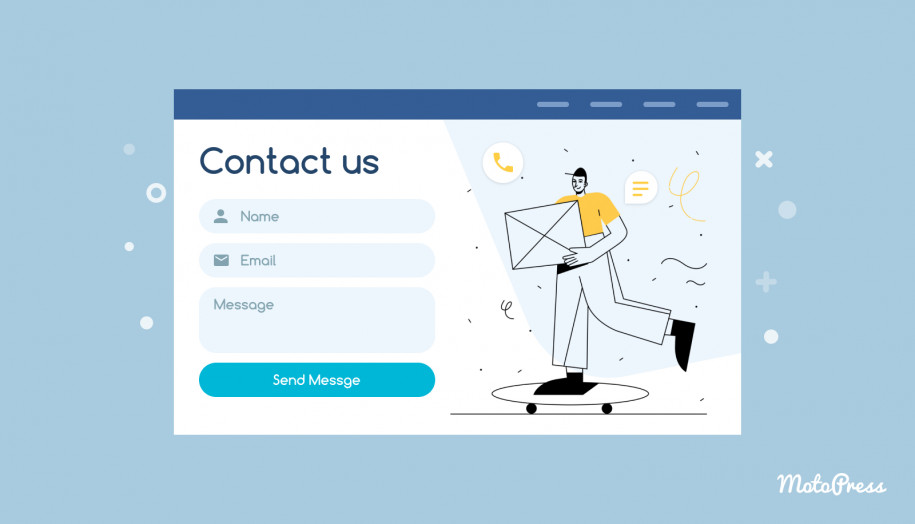How to Choose a WordPress Photography Theme
Table of Contents
The needs of all photography projects are quite different. Some want to just showcase photos, others need it for photo blogging or even both. No matter what your needs are, it’s hard to choose a WordPress photography theme among a bewildering variety of those on the official repo and independent shops!
Put another way, it’s not so easy peasy to find a good-looking and technically reliable photography theme when you don’t know what to pay attention to.
But we are going to fix it and help you! Okay, let’s see.
Fancy design: fan or holdout?
We cannot decide what type of photography design you need. Really, nobody should tell you that a black theme is better than white or vise versa, but highlighting some main tendencies will help you make your choice.
What do you want your photography theme to be peppered with? Cinemagraphs, 3D, animation, geometric shapes, background videos? These are some of the very popular design trends, but you should remember about the golden mean – all that design decoration must not draw people away from your photos.
So, if this is just a photography portfolio, with the main focus on photos, let it be!
Choose a ‘wide’ theme with a minimum “footer” and “header” parts, low-contrast fonts, etc.
In case you’re going to automate session appointments on your website, you need a WordPress photography theme with the scheduling software integrated.
Your high-quality photos will require a lot of hosting space, it may take much more time to load the project with multiple photos than any average one-image-and-text page. So, most likely, you don’t need dozens of extra non-essential content elements that may have a bad effect on your website speed and performance, hence, search engine rankings. You don’t want to lose the site visitors, do you?
Of course, a sort of “foundation” gallery or portfolio plugin is a need. There are lots of options offered by different plugins like Jetpack Portfolios or NextGEN plugins. It will be time-saving if the theme already includes any of the quality portfolio and gallery plugins you’ll be building your photography website with.
There is no design toy that may express your authenticity better than your own photos. Moreover, the modern look is guaranteed when the photos are in the spotlight.
So, go with simplicity and minimalism, with a lot of space for your showcasing your talent.
Cropping and resizing
There are lots of photography themes with a grid layout, where the featured photos are cropped, or resized, or even showed without any edits, which may result in improper image presentation. So, you should either have a ‘focal point’ option or will need to find another workaround.
One of the most flexible options is a Pinterest-style grid layout (Masonry) if you want to showcase multiple photos at a time – it’s a great way to get rid of ugly cropping. You may also go with a slider gallery, showcasing the full size of your photos in a wide-screen theme layout.
To sum up, the theme that shows your photos maximum close to the original size is a great way to go.
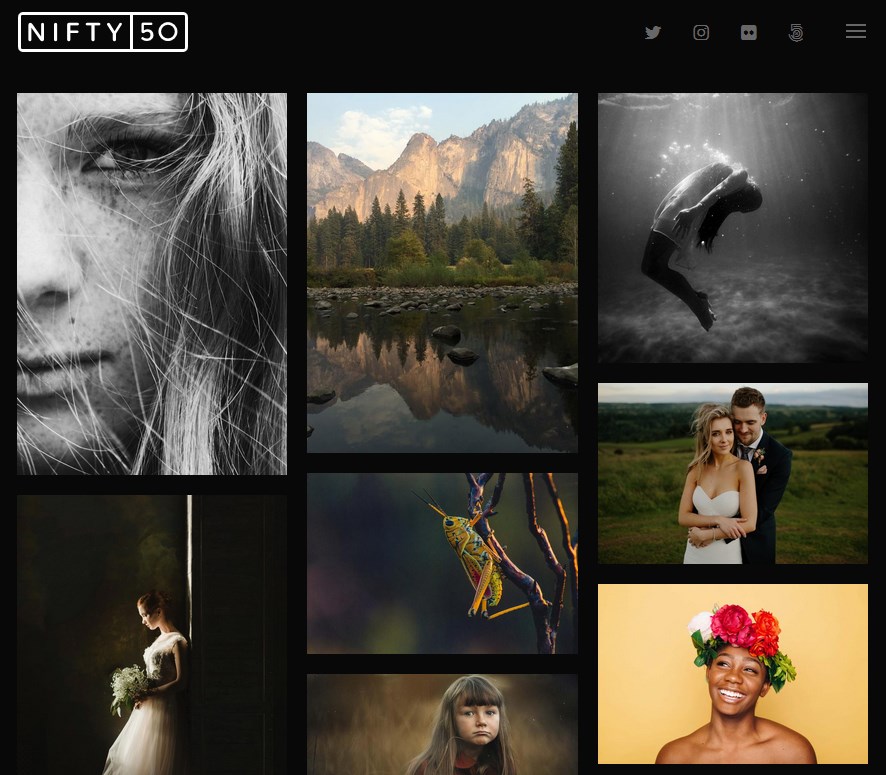 Featured theme: Nifty Fifty WordPress Photography theme
Featured theme: Nifty Fifty WordPress Photography theme
The WordPress theme that won’t screw up your SEO
There are too many aspects in optimizing your website to the search engines, but some themes are initially better coded than others. It’s hard to choose a theme with valid coding and some markup validation services can only create confusion for non-tech people.
A good search engine optimized theme is a set of different things: proper alt tags and headings structure, lightweight CSS and JavaScript files, etc. The more CSS and JavaScript files your site needs to talk to, the slower its loading speed is. That’s why it’s so important to go with ‘lightweight’, not overwhelmed themes.
All image titles, captions, alt tags, and descriptions uploaded via standard WordPress Media Library will stay intact even if you change the theme or showcase the images via any new plugin. Don’t worry.
As for the content, if your SEO is handled via an SEO plugin like Yoast SEO (which is great at what it should do), it will be okay, too.
It’s great if the theme allows generating an individual URL for each photo, not just a gallery, so make sure it is so when you view the theme demo.
Change it with peace in mind
Even the most loved things need to change sometimes, especially when it comes to technology. Most likely you’ll also want to experiment and switch the theme over time. That is why, choosing a theme, choose a design, not a pack of plugins or built-in tools, which you might never use.
However, looks like it will take a thousand years to create a WordPress theme “standard”, when the theme design and functionality will make a healthy couple, with a huge level of independence in their relationship.
I mean, the right way to evaluate the theme is to understand its design/functionality ratio: design (theme) should be a thing you may change when you want without worrying about losing your content, and the plugins should be responsible for the functionality, which will work fine regardless of the theme used.
As for all those standard pages like Home, About us, Contact, etc, you won’t need to recreate them when switching the theme if those pages are not built with a help of specific plugins or widgets, that are supported only by that particular theme. Therefore, make sure the theme pages are created with a help of native WordPress functionality or some third-party plugins.
However, there are lots of important things you should do before changing a theme and it’s a need to have a kind of checklist at hand.
Easy Navigation
Great navigation is a very important point of a smart UI. If website visitors get lost on your site, if they don’t understand how to switch the projects or preview the full size of the image, they most likely won’t spend their precious time on your site.
So, test the theme yourself first and see whether it feels good to surf through different pages.
eCommerce opportunities
Though lots of photographers don’t sell the photos directly on their websites (for different reasons: don’t want to deal with the additional headaches, don’t want to manage different sales channels, etc) or don’t sell them at all, website monetization is a very popular request.
If you want to sell the photos from your WordPress website, the theme should at least support such popular eCommerce plugins like WooCommerce or/and Easy Digital Downloads. It should not be a problem to find such a theme.
Suggested tools to test a WordPress theme
Just don’t get obsessed with those tools! Let them give you an idea about website performance or speed.
Google mobile-friendly test – to test whether the theme is mobile-friendly.
Pingdom website speed test – a great in-depth tool to check the speed and performance of the site
GTmetrix to check the speed and get tips on how the page can be improved.
Conclusion
Choosing a theme, you should also not forget to check the theme reviews, whether it’s compatible with the latest WordPress core versions, etc. Buying from a reputable author is also important, however, meeting your requirements is the first criterion.
And of course. Believe your gut! It’s all about art after all.
